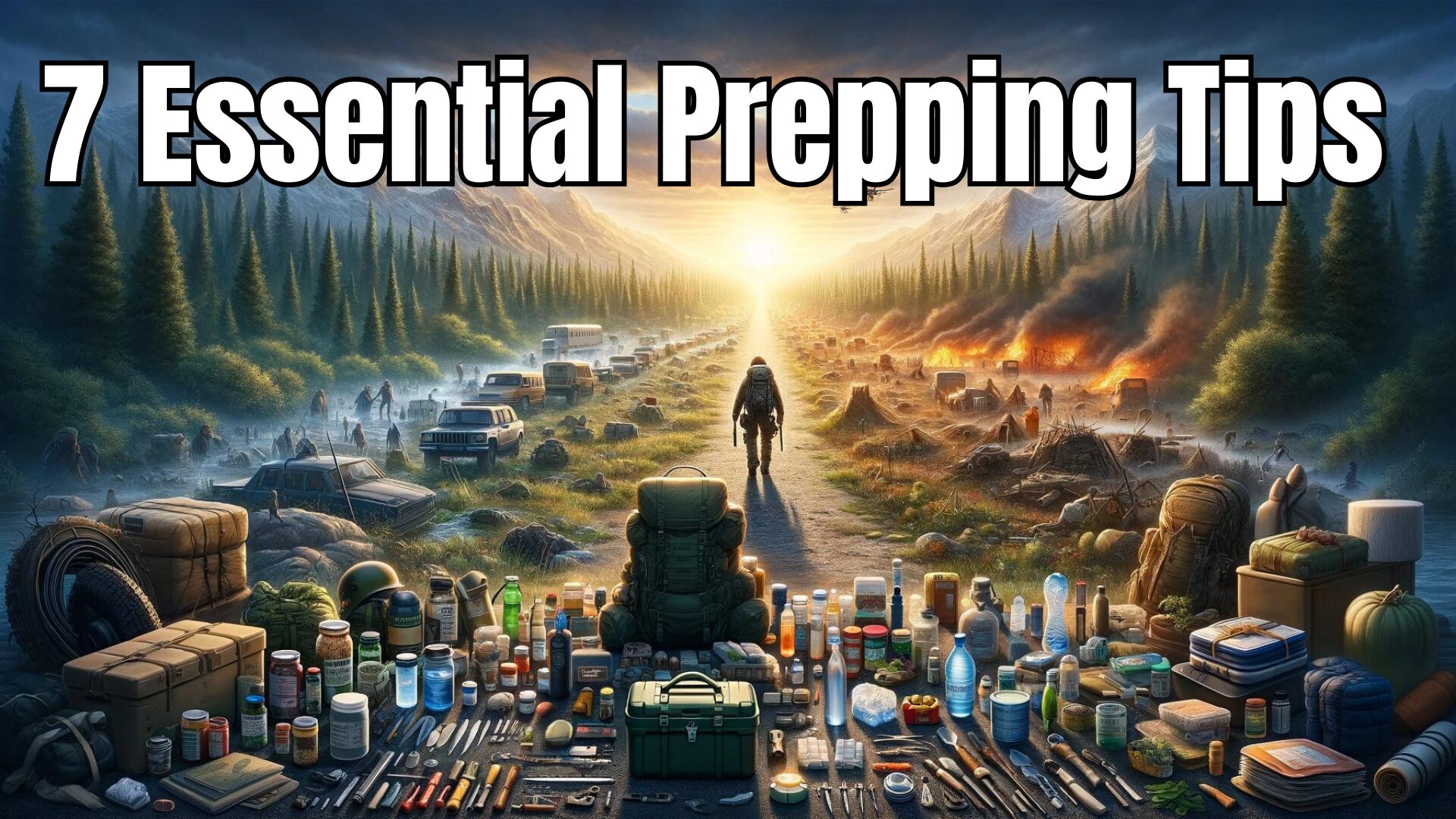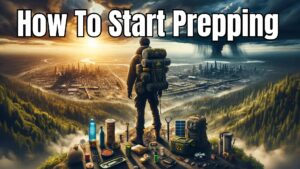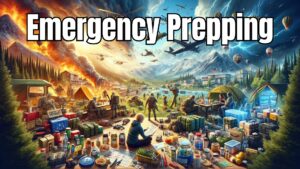Ever feel like you’re playing a game of survival roulette?
Fear not! Whether you’re a greenhorn or a seasoned pro, the world of prepping offers a roadmap to resilience.
Buckle up as we unveil 7 game-changing prepping tips that will transform you from novice to a true prepper.
Table of Contents
1. Develop a Comprehensive Emergency Plan
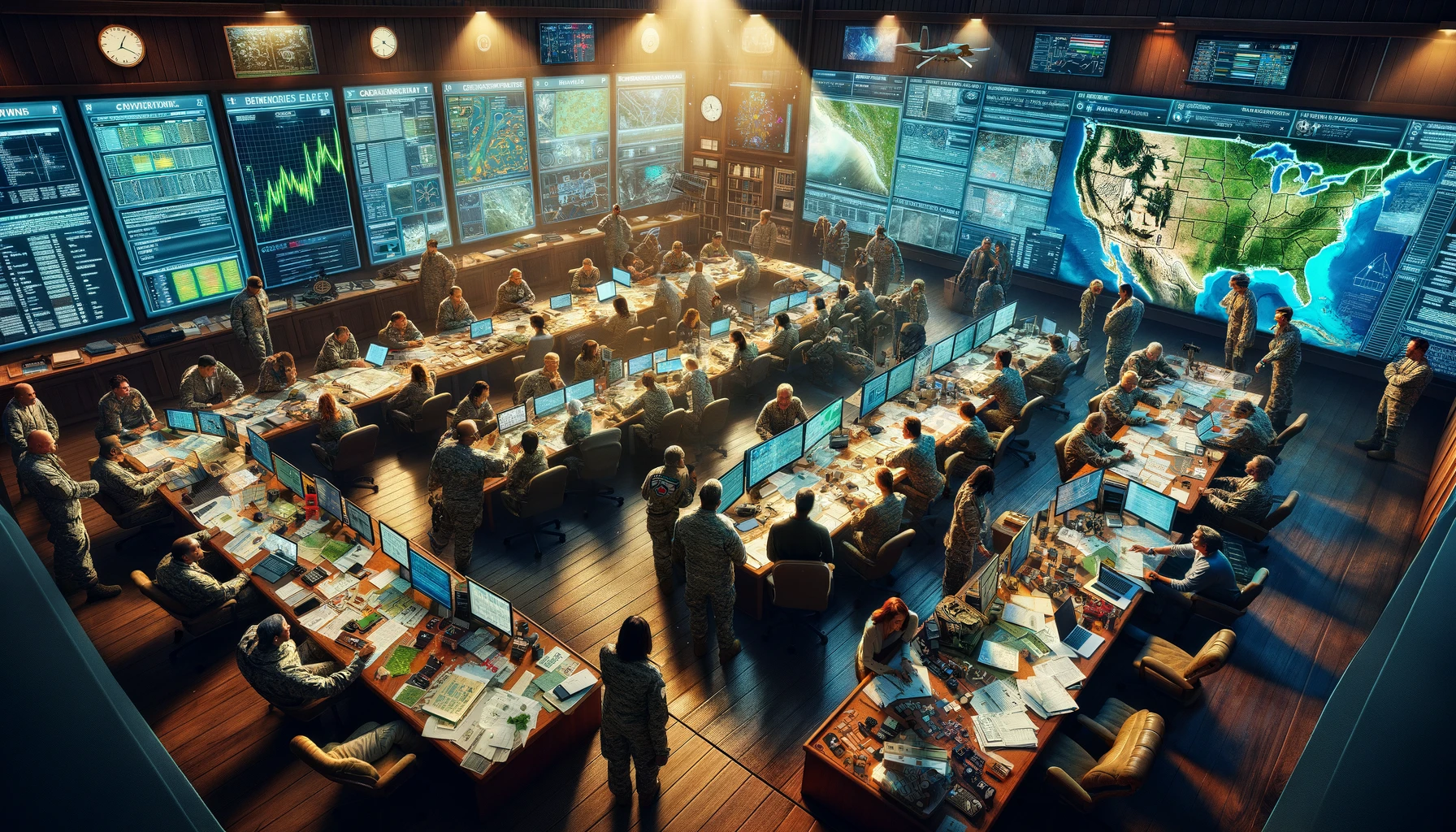
Where to Start Prepping: Emergency Preparedness for Beginners
Whether you are a seasoned prepper or just beginning your journey into prepping, establishing a solid plan should be your first priority.
This plan will act as your guide, ensuring that you are well-prepared for any emergency situation that may arise.
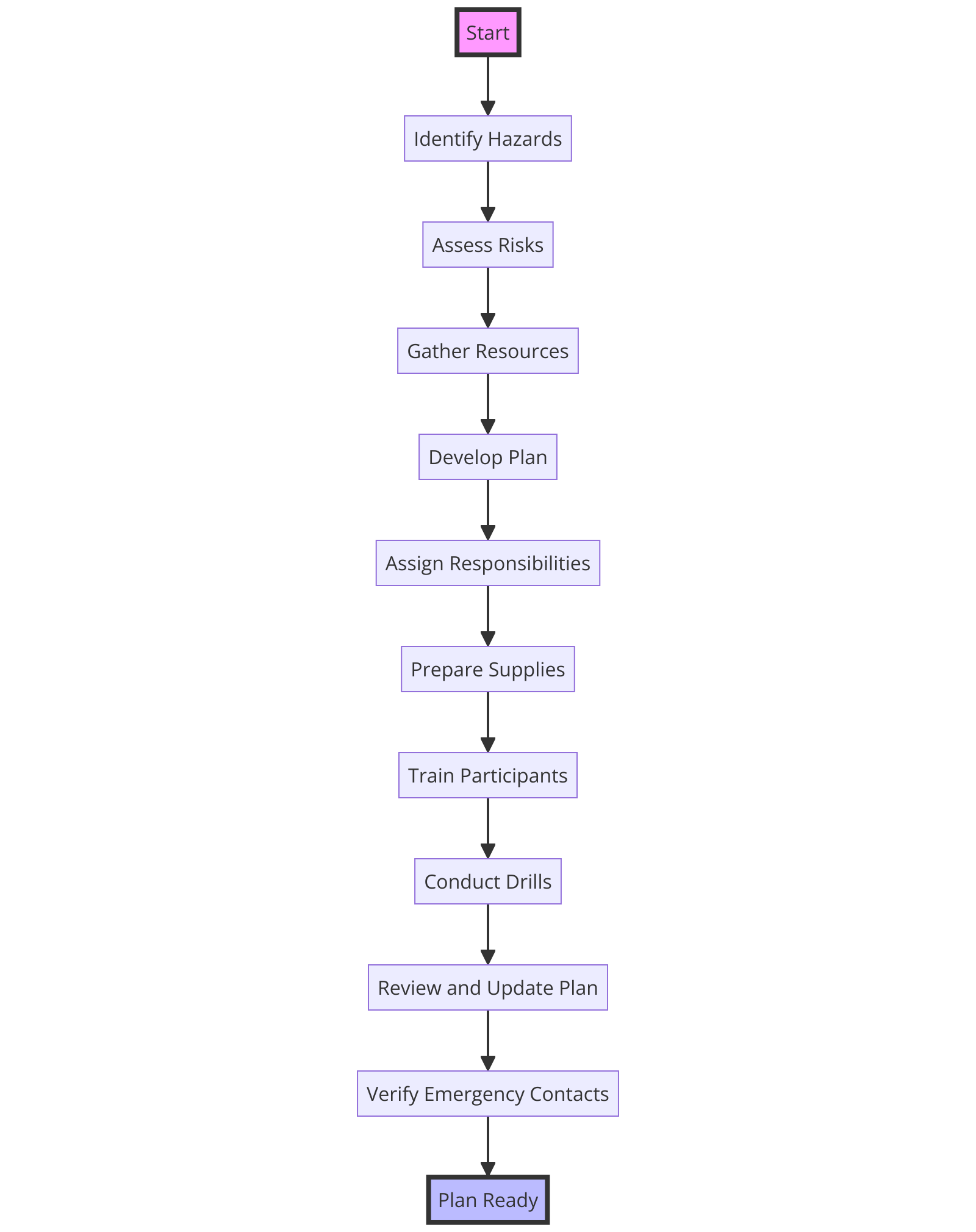
One of the first steps in prepping for beginners is to evaluate the potential risks in your area and identify the most likely emergencies you may face.
| Disaster | Preparation |
|---|---|
| Hurricane | Secure, stockpile, know routes |
| Earthquake | Secure, kit, drills |
| Flood | Elevate, plan, supplies |
| Tornado | Safe room, kit, monitor |
| Wildfire | Defend, clear, evacuate |
| Tsunami | Evacuate, high ground, kit |
| Blizzard | Supplies, indoors, kit |
| Drought | Conserve, monitor |
| Volcano | Evacuate, communicate, kit |
| Pandemic | Hygiene, supplies, isolation plan |
This could range from natural disasters like hurricanes or earthquakes, to man-made incidents such as power outages or civil unrest.
Essential Components of Your Emergency Plan
When creating your emergency plan, there are several key areas you should focus on.
Ensure that you have enough emergency food and food storage to sustain your household for at least a few days, if not more.
In addition to food and water, it is crucial to have a basic understanding of first aid and survival skills.
| Category | Suggested Items and Actions |
|---|---|
| Water | – Store at least one gallon of water per person per day |
| – Rotate water supply every six months | |
| – Consider alternative water sources (rivers, lakes, rainwater) | |
| – Have water purification tablets or filters | |
| Food | – Stockpile non-perishable items such as canned goods, dry goods |
| – Include a variety of foods to meet nutritional needs | |
| – Consider dietary restrictions and preferences of household members | |
| – Don’t forget a manual can opener | |
| First Aid | – Have a fully stocked first aid kit |
| – Include medications, bandages, antiseptic wipes | |
| – Know basic first aid procedures and CPR | |
| – Keep emergency contact numbers handy | |
| Communication | – Establish a communication plan with family and loved ones |
| – Keep a list of emergency contacts and their phone numbers | |
| – Have a battery-powered or hand-crank radio | |
| – Consider alternate communication methods (whistles, signaling) | |
| Shelter | – Identify safe locations within your home or community |
| – Reinforce existing structures for stability and safety | |
| – Prepare for extreme weather conditions (tarps, insulation) | |
| – Have emergency blankets, sleeping bags, or tents |
Accidents and injuries can occur during emergencies, so having the knowledge to provide immediate medical assistance can be life-saving.
2. Prioritize Water Storage and Purification
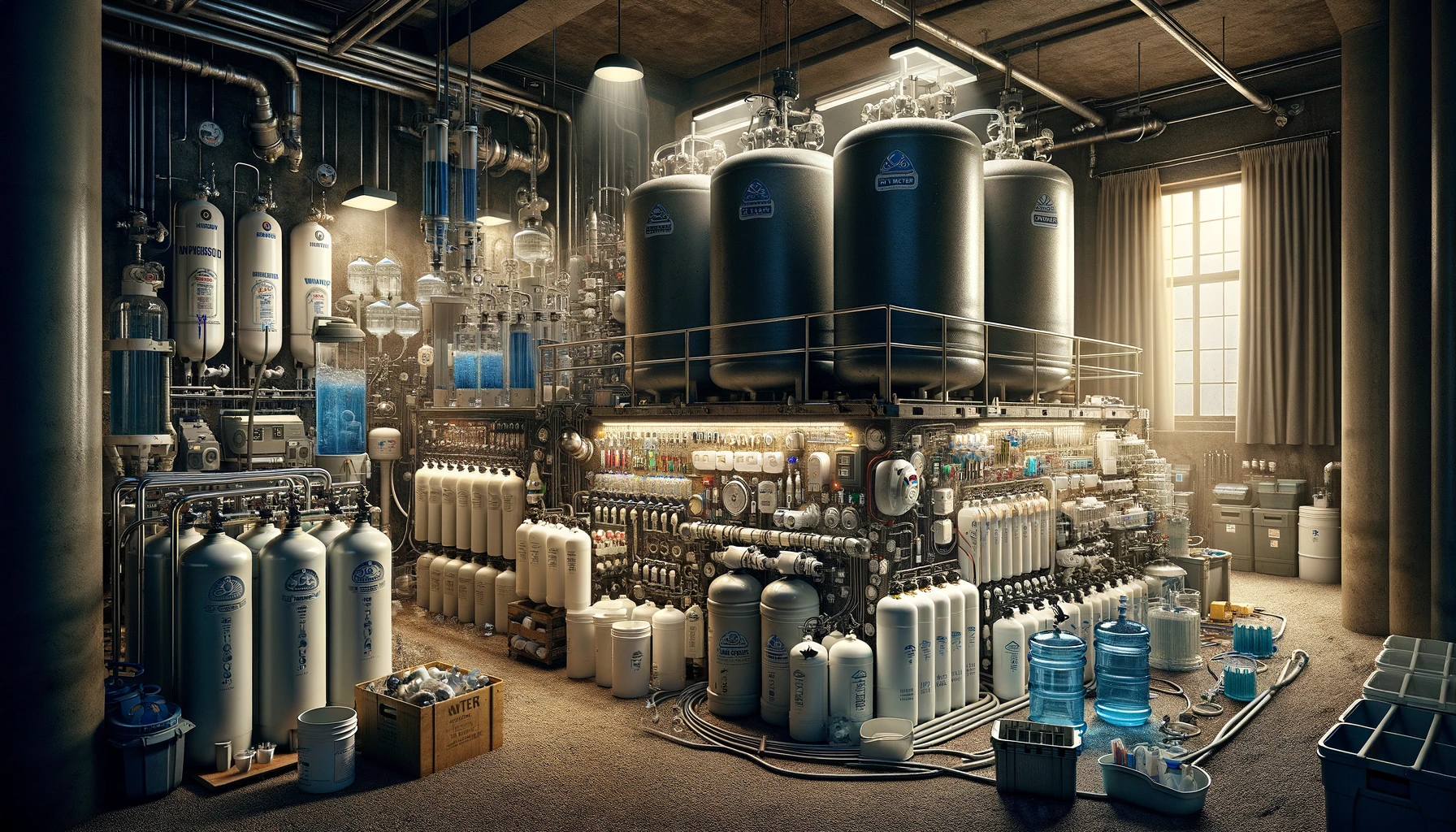
Ensuring Access to Safe Drinking Water
In the event of a natural disaster or power outage, access to clean drinking water becomes crucial as it may not be readily available.
It is essential to prioritize water storage and purification as part of your emergency preparedness plan.
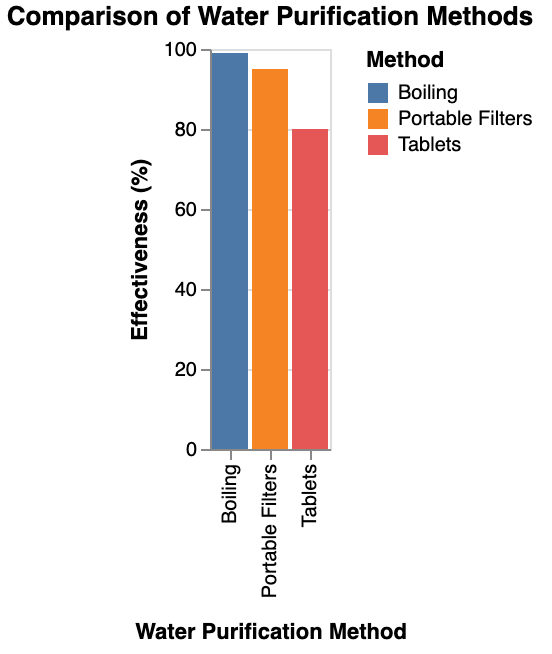
Having an ample supply of water can sustain you and your family for an extended period when other resources may be scarce or inaccessible.
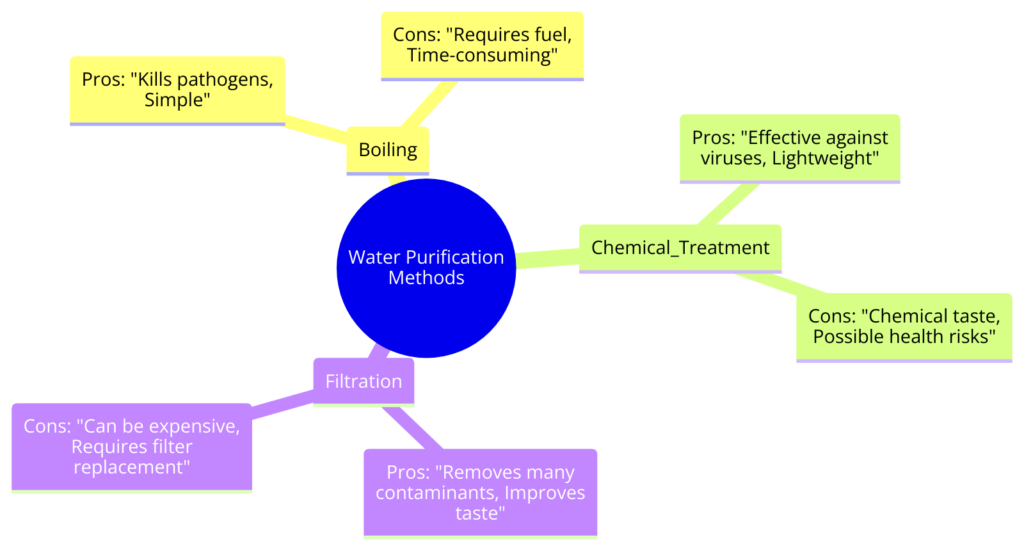
Water Storage
- Stockpile enough water to provide at least one gallon per person per day for a minimum of three days. This should include water for drinking, cooking, and basic hygiene needs. Consider storing more if you have infants, elderly family members, or individuals with special needs.
- Choose appropriate containers for water storage: Use food-grade containers like clean plastic bottles or containers specifically designed for long-term water storage. Ensure they have tight-fitting lids to prevent contamination.
- Store water in a cool, dark place: Avoid direct sunlight and areas prone to temperature fluctuations, as this can affect both the taste and quality of stored water.
| Storage Option | Capacity | Ideal Storage Conditions | Shelf Life |
|---|---|---|---|
| Plastic Bottles | Various sizes | Cool, dark place away from sunlight | 6-12 months |
| Water Barrels | 55 gallons | Cool, dark place away from sunlight | Up to 5 years |
| Water Tanks | 250-500 gallons | Covered, away from direct sunlight | Indefinite (if treated) |
| Water Pouches | 4.2 ounces | Cool, dark place away from sunlight | 5 years |
| Water Bladders | Various sizes | Cool, dark place away from sunlight | Up to 5 years |
| Water Filters | N/A | N/A | Varies (depends on filter) |
| Water Purification Tablets | N/A | Cool, dry place | Varies (typically 2-5 years) |
| Water Purification Systems | N/A | Cool, dry place | Indefinite (if properly maintained) |
Water Purification
- Include portable water filters or purification tablets in your survival kit: These can effectively remove harmful bacteria and parasites from natural water sources, ensuring its safety for consumption.
- Familiarize yourself with various water purification techniques: Learn how to boil water, use simple filtration methods, or construct makeshift filters to remove impurities when necessary.
- Maintain good hygiene practices: Regularly wash your hands, and encourage family members to do the same, to minimize the risk of contamination, especially in emergency situations.
3. Build a Sustainable Food Supply
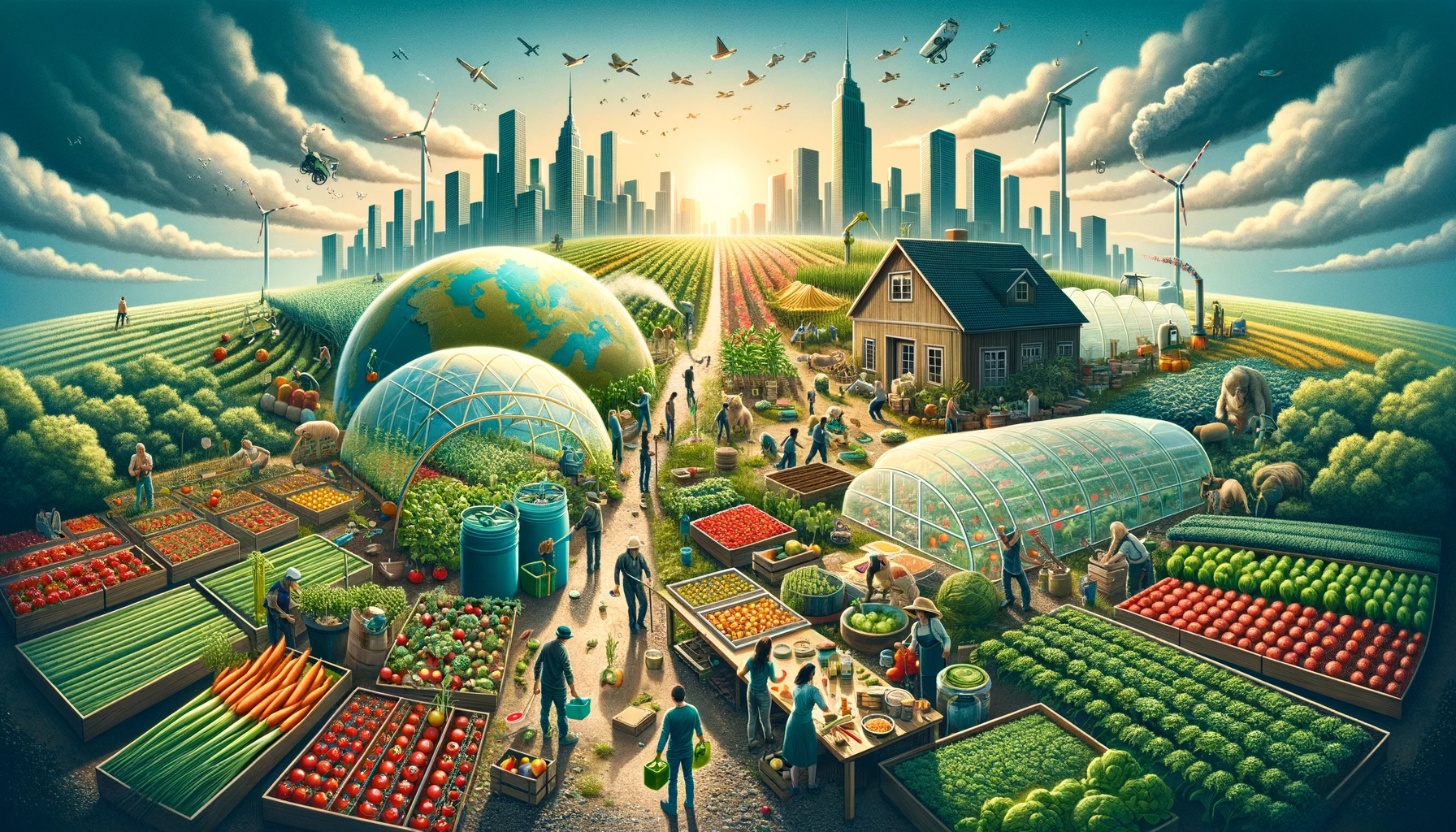
Prioritize Food Storage and Preparation
When it comes to preparing for emergencies, having a sustainable food supply is crucial.
Store food that has a long shelf life and can provide essential nutrients. Canned goods, dried fruits and vegetables, and grains are great options to consider.
| Food Type | Shelf Life | Nutritional Content | Best Use Cases |
|---|---|---|---|
| Canned Goods | 1-5 years | Retains nutrients, may contain added sodium | Quick meals, emergencies, pantry staples |
| Dried Beans and Legumes | 1-2 years | High in protein, fiber, and vitamins | Soups, stews, salads, side dishes |
| Rice | Indefinite | Good source of carbohydrates | Base for meals, side dish, emergency staple |
| Pasta | 1-2 years | Carbohydrates, some protein | Versatile for various dishes, quick meals |
| Oats | 1-2 years | High in fiber, protein, and nutrients | Breakfast cereal, baking ingredient |
| Nut Butters | 6-12 months | Healthy fats, protein, vitamins | Spread on bread, add to smoothies |
| Canned Fish | 2-5 years | Protein, omega-3 fatty acids | Quick protein source, sandwiches, salads |
| Freeze-Dried Fruits | 25+ years | Retains most nutrients | Snacking, baking, adding to cereal |
| Freeze-Dried Vegetables | 25+ years | Retains most nutrients | Soups, stews, casseroles, side dishes |
| Granola Bars | 6-12 months | Carbohydrates, some protein, fiber | Quick snacks, on-the-go energy |
| Instant Soups | 1-2 years | Varies by brand and ingredients | Quick meals, emergency food |
| Canned Soups | 1-3 years | Varies by brand and ingredients | Quick meals, emergencies, comfort food |
Prioritize buying non-perishable items that can be easily stored for extended periods.
Stock Up on Water and Water Purification Methods
In addition to storing food, it is important to stock up on water.
Plan to have at least one gallon of water per person per day for drinking and sanitation purposes.
Keep in mind that in an emergency situation or when you need to evacuate, access to clean water may be limited.
Consider having water purification tablets or filters readily available to ensure the water you have is safe to consume.
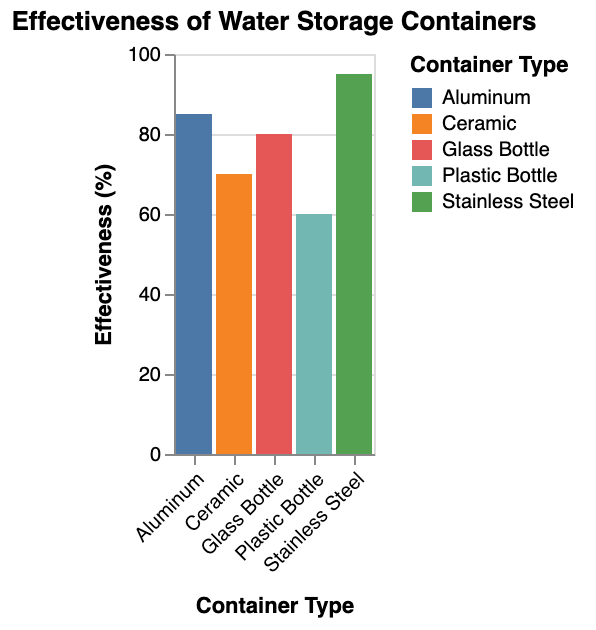
4. Focus on Mental and Emotional Preparedness

Embrace the Prepping Journey
Embarking on your prepping journey can be overwhelming, especially if you’re a newbie prepper.
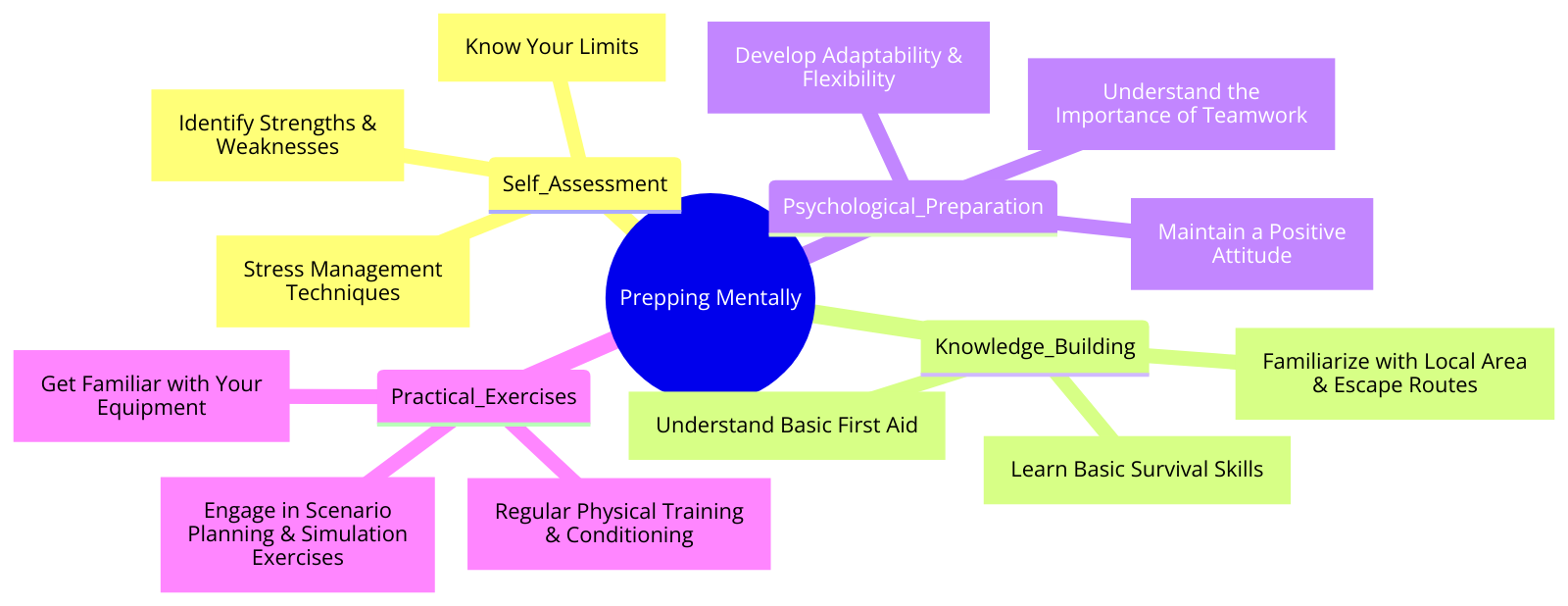
While food and water storage are crucial, mental and emotional preparedness is just as important.
It’s essential to acknowledge that survival situations can be mentally and emotionally challenging, and being prepared in this aspect is key.
Steps to Get Started
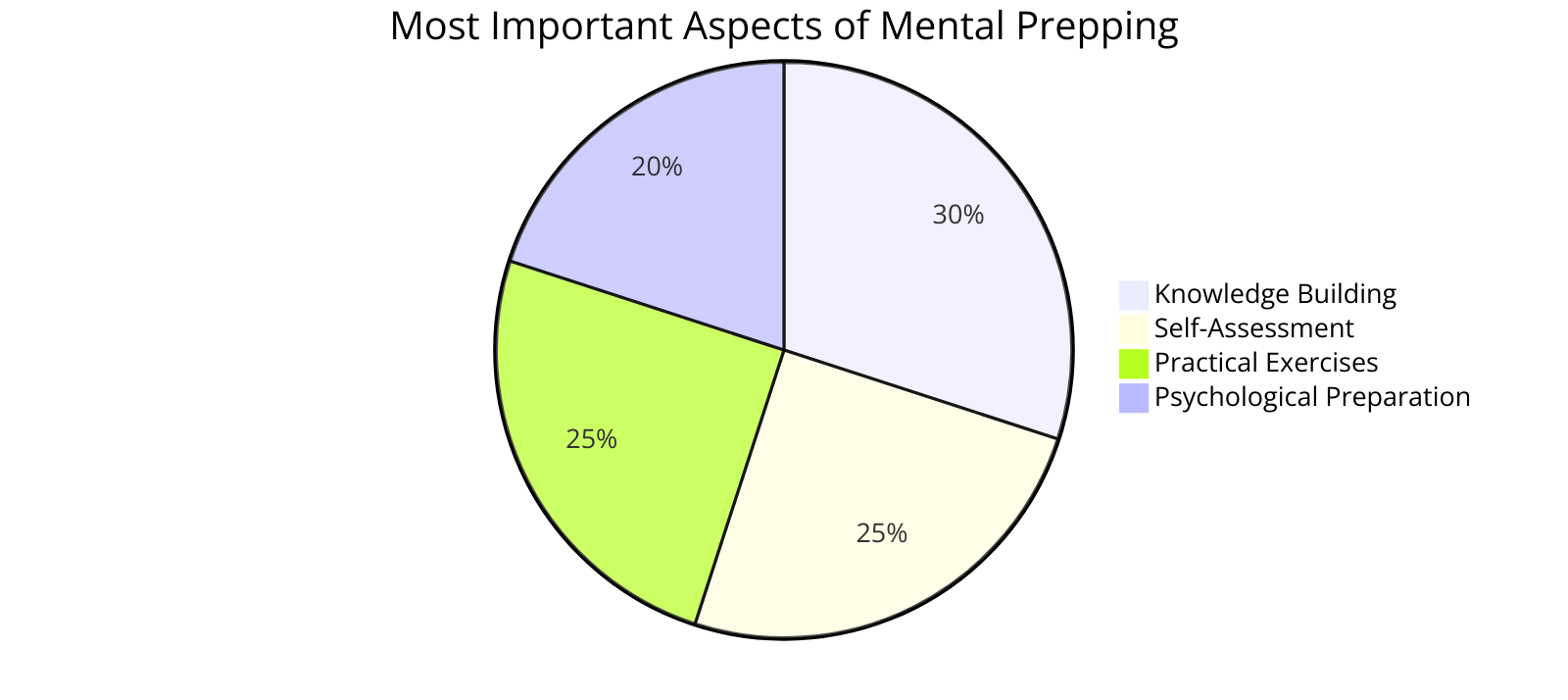
Remember to take breaks, practice self-care, and engage in activities that help maintain a healthy state of mind throughout your prepping journey.
5. Physical Fitness and Prepping for Emergencies
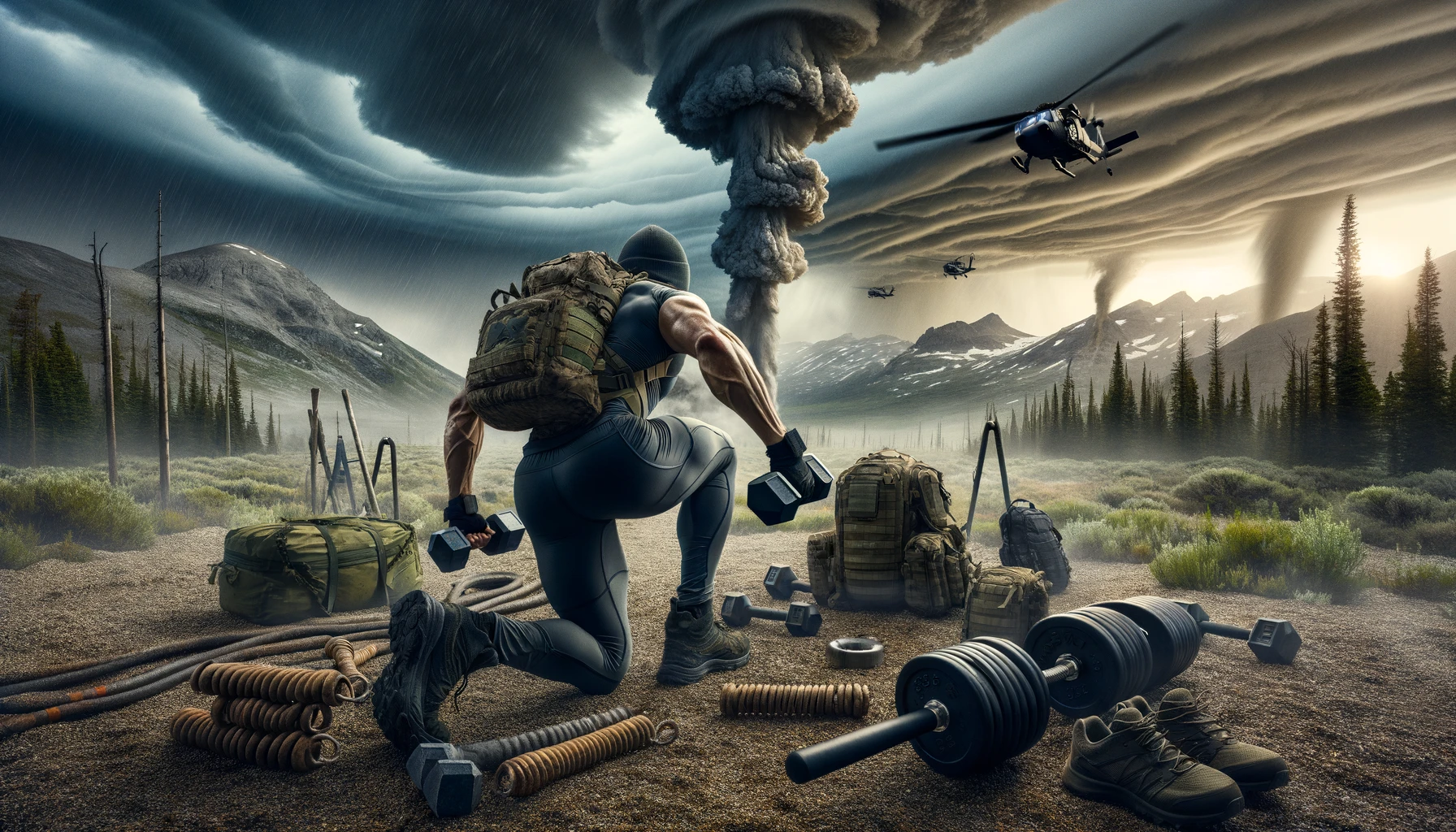
In the case of an emergency, having a strong physical fitness level can be a tremendous asset.
During an emergency situation, access to food may be limited, and without food, our bodies rely on stored fat for energy.
Additionally, being physically fit can increase your chances of survival in more challenging situations, such as evacuating on foot or engaging in physically demanding tasks.
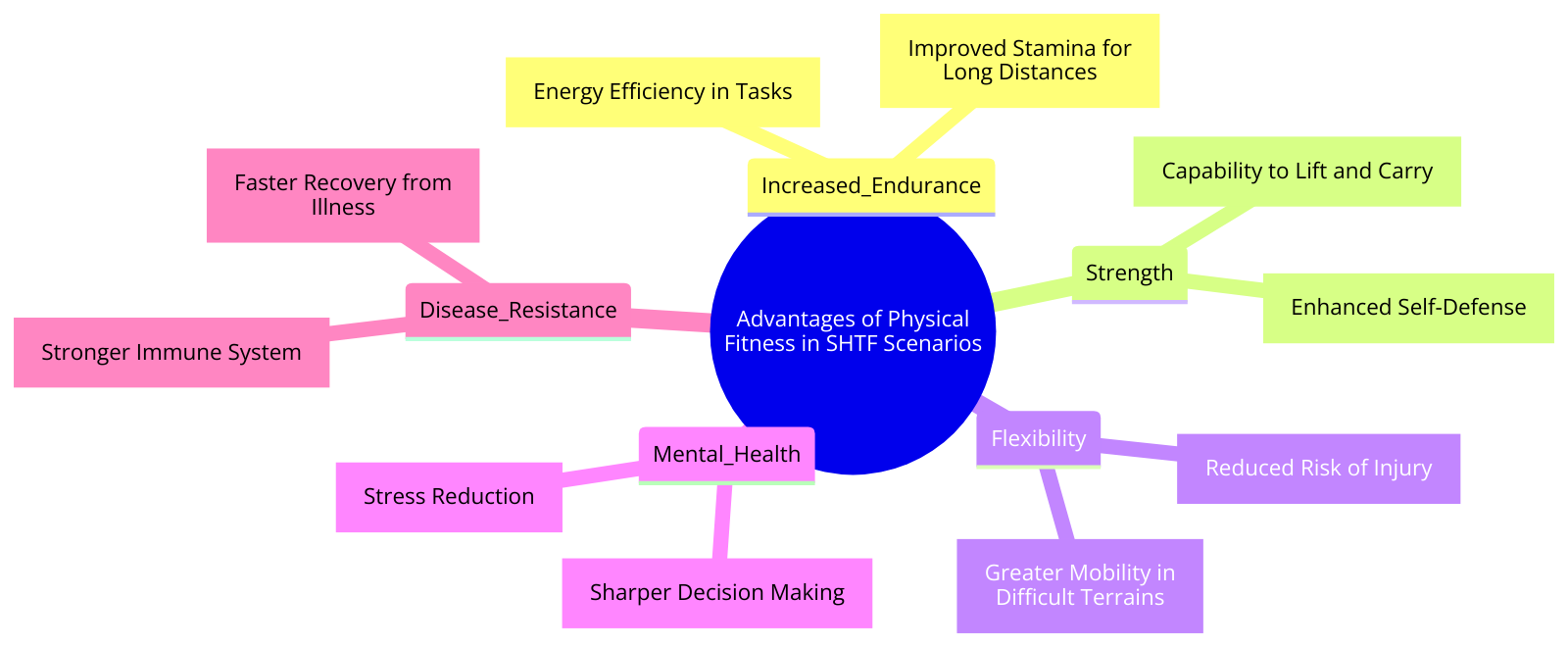
Incorporating Physical Fitness into Your Emergency Kit Checklist
Every prepper should consider incorporating physical fitness into their emergency preparedness plan.
| Fitness Aspect | Description |
|---|---|
| Strength | Ability to lift, carry, and move objects |
| Endurance | Sustained physical activity without exhaustion |
| Agility | Quick and adaptive movement |
| Flexibility | Range of joint motion for ease of movement |
| Stamina | Energy and resilience for prolonged exertion |
| Cardiovascular | Heart and lung health for endurance |
| Mobility | Free and efficient movement |
| Balance | Stability and equilibrium |
| Coordination | Efficient integration of movements |
Here are some practical steps to help you get started:
- Integrate cardio exercises into your workout routine to improve endurance and stamina.
- Include strength training exercises to build muscle and increase overall physical strength.
- Practice functional exercises that simulate real-life emergency scenarios, such as carrying heavy loads or climbing stairs.
- Invest in essential exercise equipment, such as resistance bands, kettlebells, or a jump rope, which are portable and can be used during emergency situations.
- Find outdoor activities that help you connect with nature while keeping you active, such as hiking, biking, or swimming.
6. Assemble a Versatile Bug Out Bag
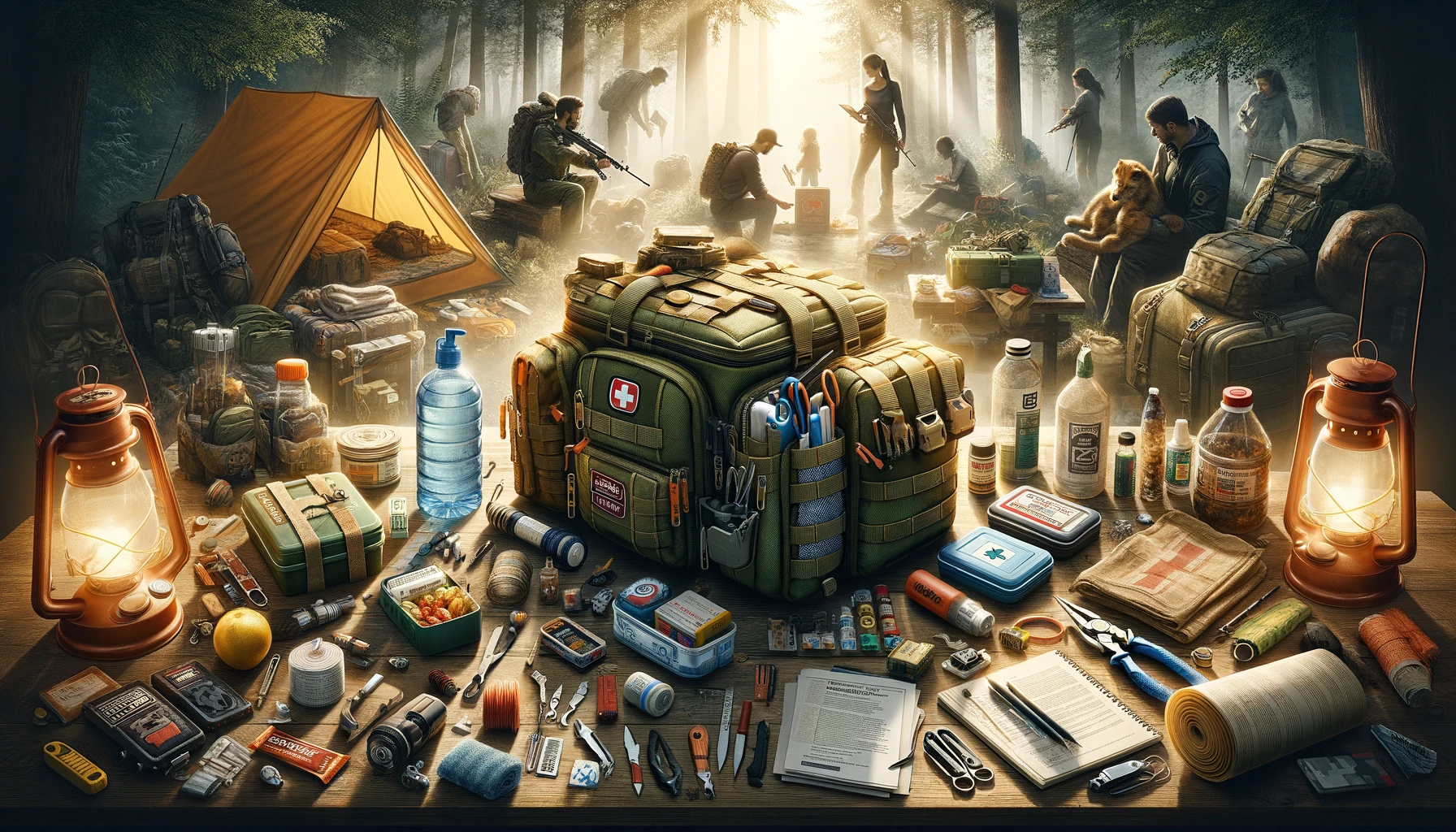
Why a Bug Out Bag is Essential for Every Beginner and Seasoned Preppers
A bug out bag is an essential component of any emergency preparedness plan.
Whether you are just starting to become a prepper or have been practicing this lifestyle for years, having a well-stocked bug out bag is crucial.
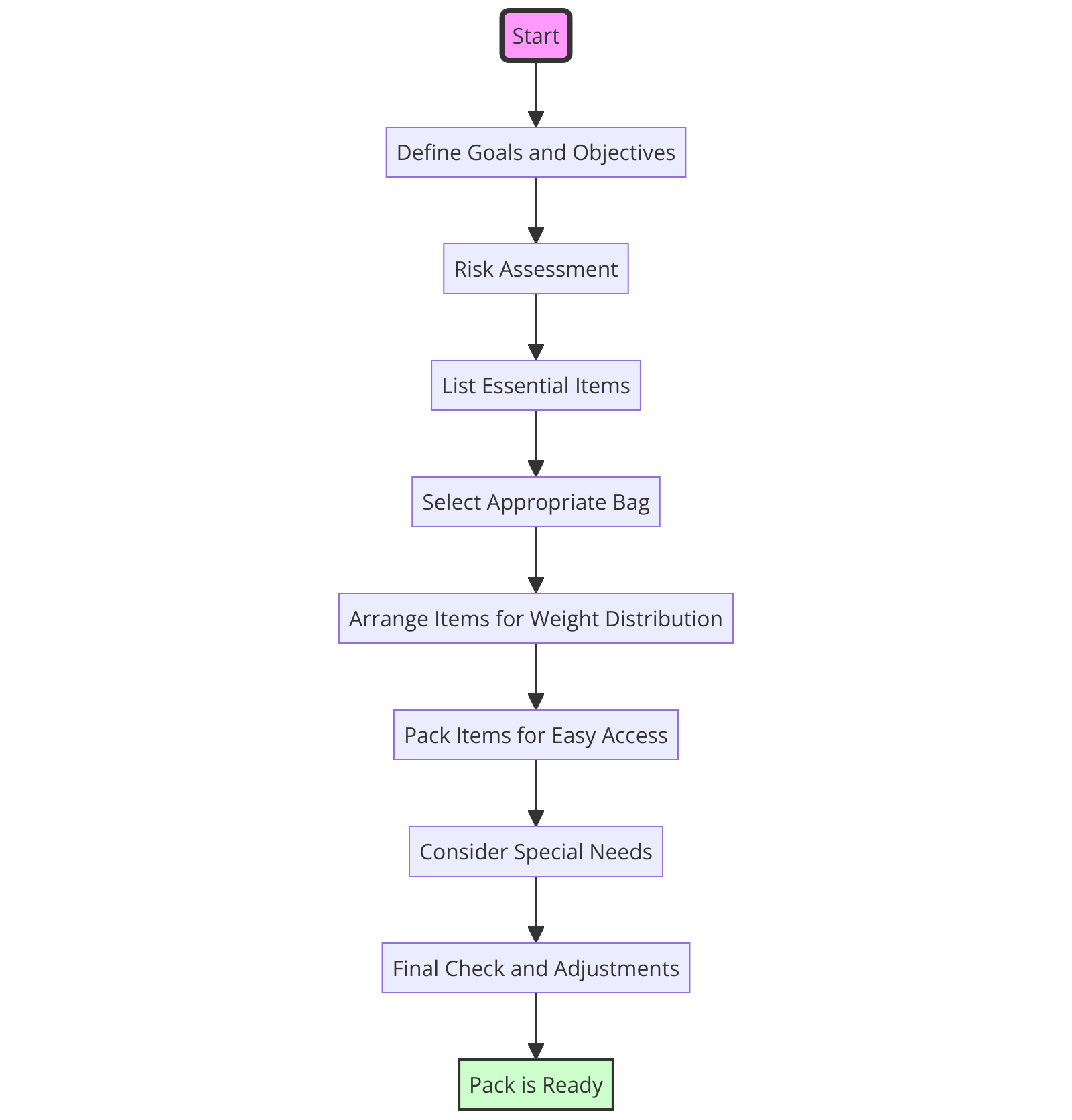
What to Include in Your Bug Out Bag
When assembling your bug out bag, it is essential to consider the basic needs for survival.
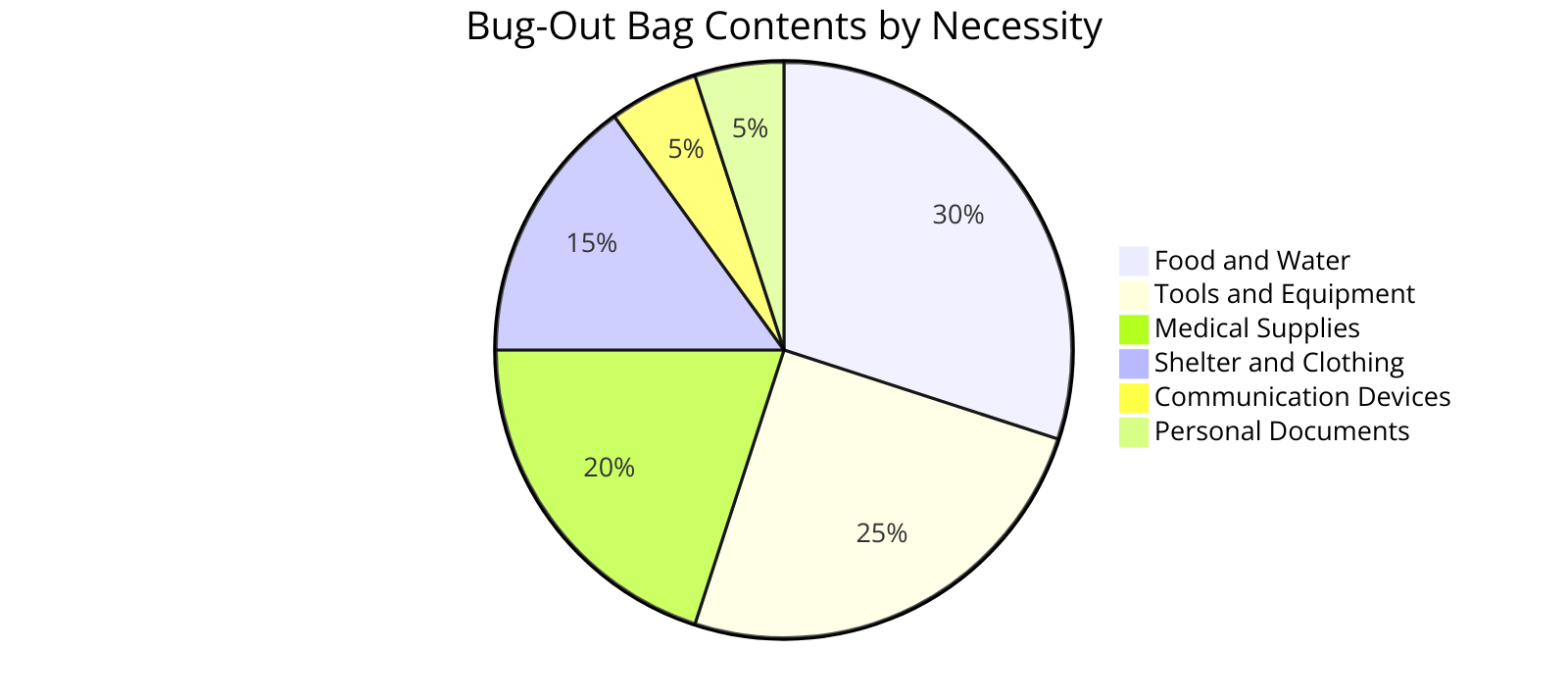
“A well-prepared bug out bag is your lifeline in emergencies, offering not just survival essentials but peace of mind,”
says Alex Thompson, a survival expert
Three days worth of food and water per person per day should be a priority.
Some seasoned preppers even aim for months worth of food stored, ensuring they have enough food during the crisis.
7. Master Basic First Aid and Survival Skills
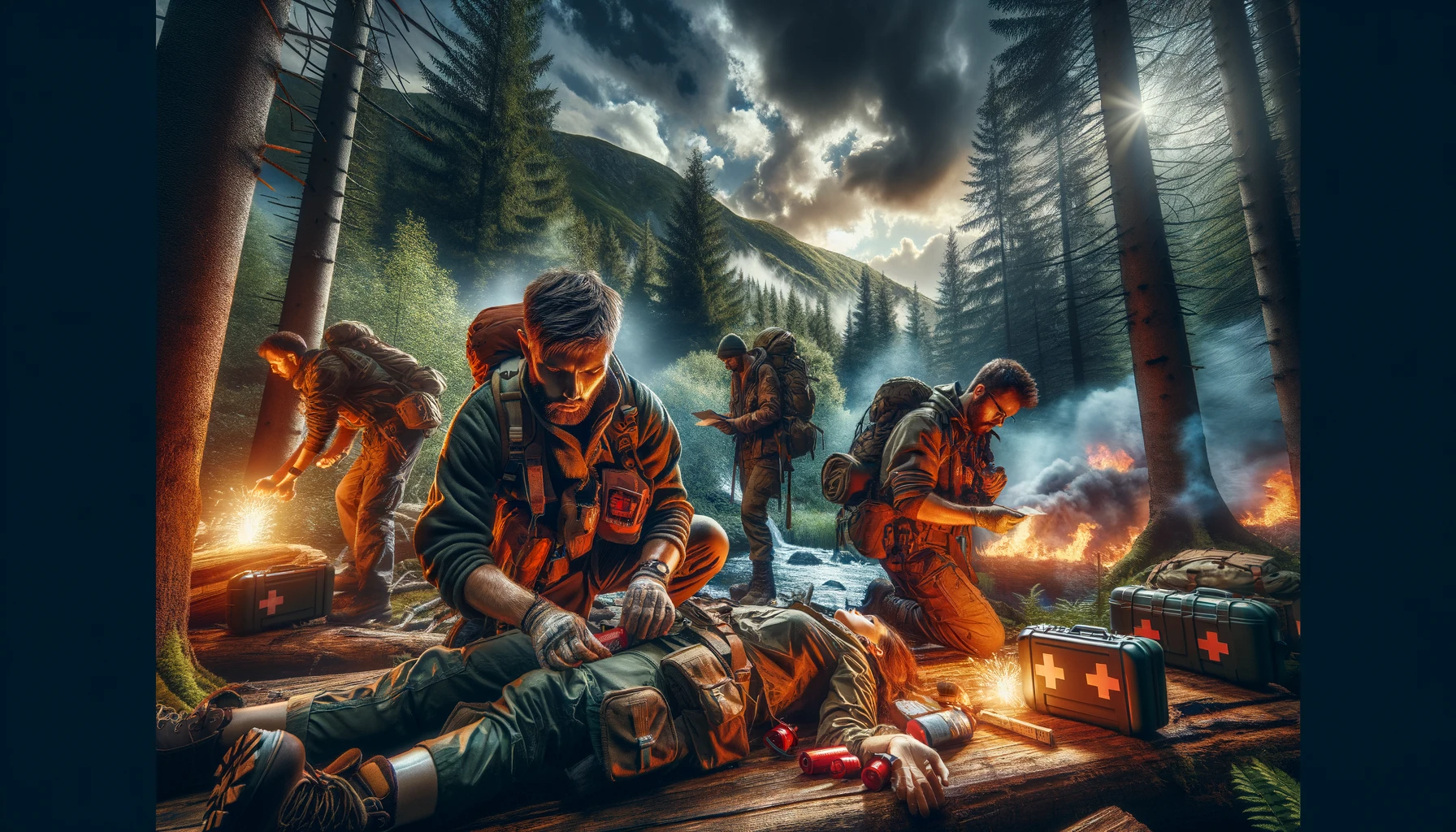
Importance of Being Prepared
When it comes to surviving in the event of an emergency, mastering basic first aid and survival skills is of utmost importance.
No matter the situation, having the knowledge and ability to provide immediate medical assistance and take the necessary steps to prepare for potential dangers can make a world of difference.
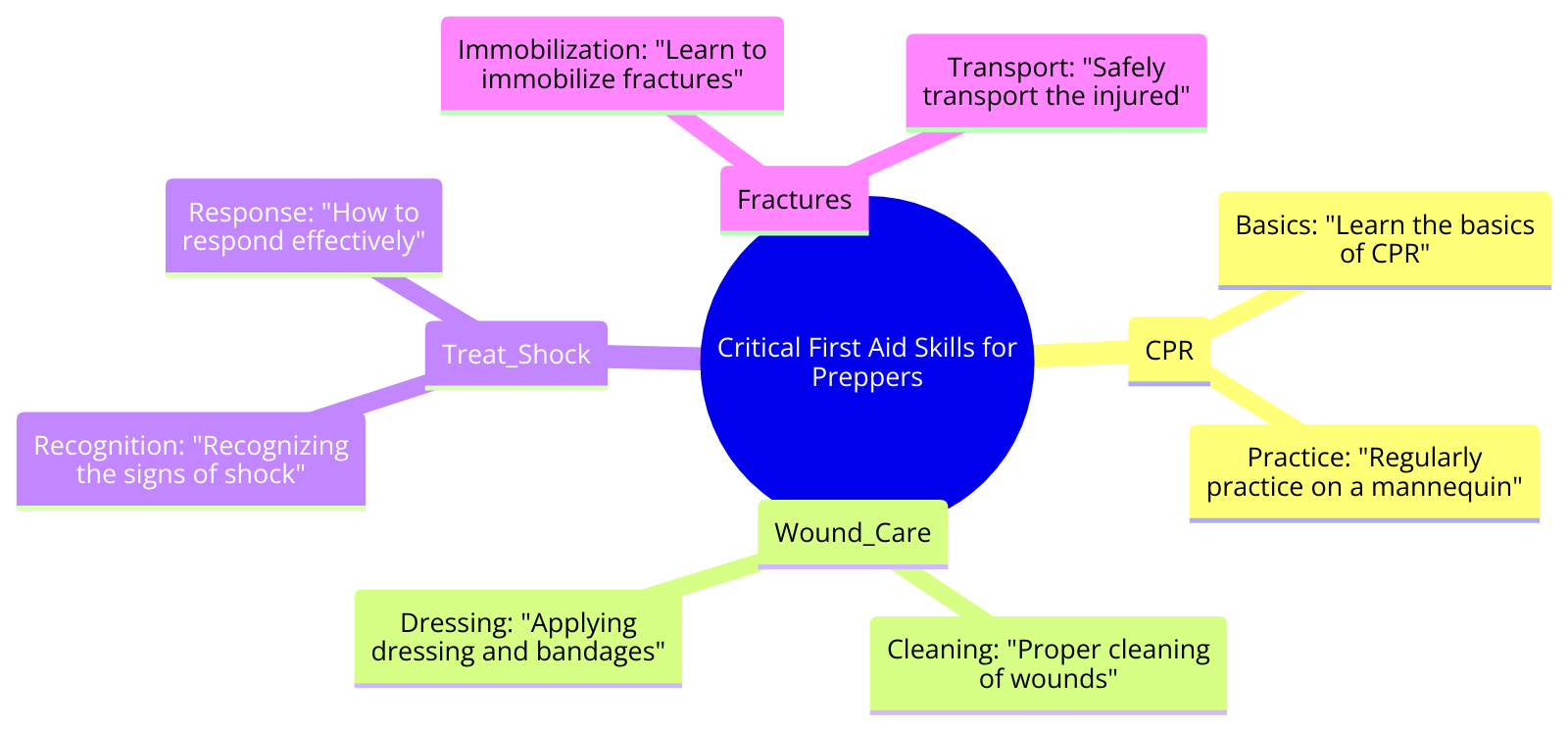
Building an Emergency Kit
One of the basics of prepping is building an emergency kit that includes food buckets filled with non-perishable food items.
In times of crisis, access to fresh food may become limited, which is why having an adequate supply of long-lasting food can be a lifesaver.
| Category | Item | Shelf Life |
|---|---|---|
| Food | Canned goods | 1-5 years |
| Dried fruits and nuts | 6-12 months | |
| Granola bars | 6-12 months | |
| Water | Bottled water | Indefinite |
| Water purification tablets | 2-5 years | |
| First Aid | Adhesive bandages | 2-3 years |
| Antiseptic wipes | 2-3 years | |
| Pain relievers (e.g., ibuprofen) | 2-3 years | |
| First aid manual | N/A | |
| Light Sources | Flashlights | Varies (batteries) |
| Batteries (for flashlights) | Varies (check expiry) | |
| LED lanterns | Varies (batteries) | |
| Tools | Multi-tool | Indefinite |
| Duct tape | Indefinite | |
| Whistle | Indefinite | |
| Matches/lighter | Indefinite |
By being prepared with a well-stocked emergency kit, you can ensure the safety and well-being of yourself and your loved ones in times of uncertainty.
Note: Ensure to periodically check and replace expired or used items to maintain the kit’s effectiveness.
What is prepping and why is it important?
Prepping is the act of preparing for emergencies and disasters by gathering essential supplies and making a plan. It is important because it can help you and your loved ones stay safe and comfortable during challenging times.
How can beginners start prepping?
Beginners can start prepping by making a list of necessary supplies such as food, water, and first aid kits, and gradually building up their emergency supplies over time.
What are the basics of prepping for food and water?
The basics of prepping for food and water involve storing non-perishable food items, ensuring you have an adequate water supply, and learning how to purify water in case of emergency.
How should one prepare for a power outage?
To prepare for a power outage, stock up on flashlights, batteries, and non-perishable food that does not require cooking. It’s also a good idea to have a backup power source such as a generator or solar charger.
What are important considerations for a beginner prepper?
Important considerations for a beginner prepper include starting with the basics such as food, water, and first aid, gradually expanding their supplies, and staying informed about potential threats and emergency management strategies.
How much food should one store for emergencies?
It is recommended to store at least a three-day supply of food per person for emergencies. Make sure to include a variety of non-perishable items and consider the number of calories needed per day for each person.
What are some effective prepping tips for seasoned preppers?
Seasoned preppers can focus on fine-tuning their supplies, rotating food and water storage regularly, practicing emergency drills with their family, and staying up-to-date on new prepping techniques and tools.
Here’s a list of links on emergency preparedness:


